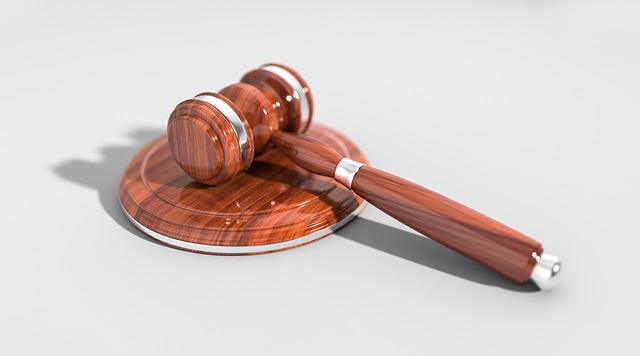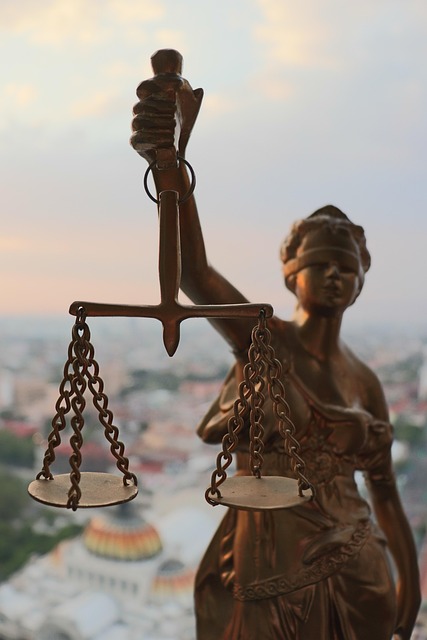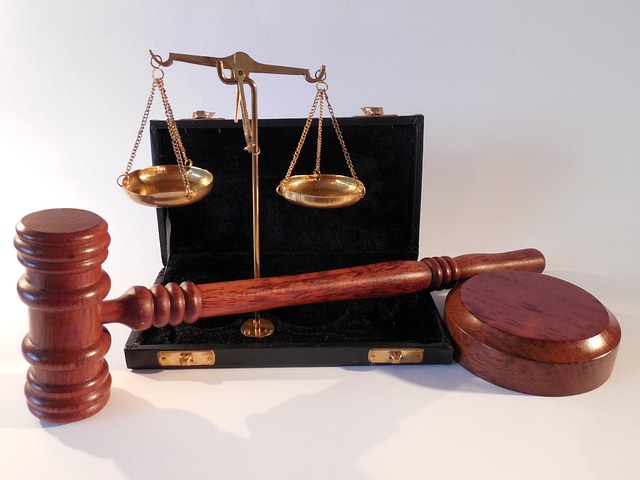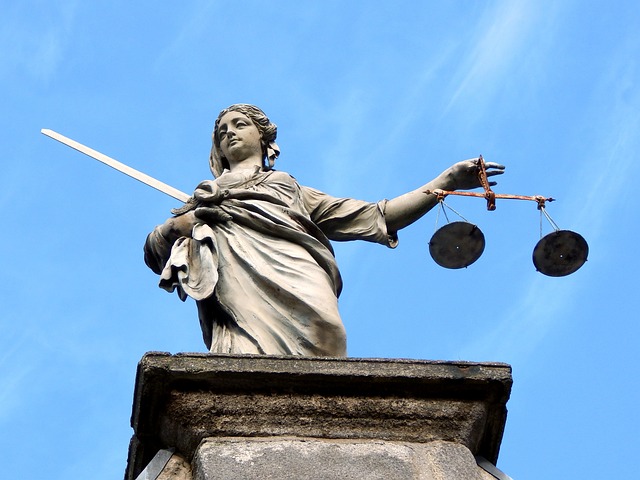The Breach of Contract Litigation Process Explained plays a pivotal role in addressing environmental crimes, where parties violate agreements to safeguard the environment. From identifying breaches through document analysis and expert testimony to final verdicts, this process serves as a powerful deterrent for non-compliance. Notable trials like United States v. BP highlight complex legal battles, emphasizing corporate responsibility for ecological damage. Understanding these cases deepens knowledge of strategies ensuring justice and environmental protection.
“Uncover the impact of environmental crime trials, where legal battles play a pivotal role in holding perpetrators accountable. This comprehensive guide explores the intricate web of understanding these trials, from their legal framework to the litigation process and key evidence.
We delve into the significance of contract law in environmental protection, providing insights on breach identification and notable case studies. Learn how breach of contract litigation can serve as a powerful tool to enforce environmental standards and drive change.”
- Understanding Environmental Crime Trials: A Legal Framework
- The Role of Contract Law in Environmental Protection
- Breach Identification: Key Evidence and Witnesses
- Litigation Process: From Complaint to Verdict
- Case Studies: Notable Environmental Crime Trials
Understanding Environmental Crime Trials: A Legal Framework

Environmental Crime Trials are a complex legal arena where breaches of environmental laws and regulations are brought to justice. Understanding this process involves delving into the intricate framework that guides these cases, often stemming from breach of contract litigation. When companies or individuals violate agreements designed to protect the environment, it sets in motion a series of events leading up to trial. This includes thorough investigations by regulatory bodies, potential negotiations, and ultimately, legal proceedings aimed at holding perpetrators accountable.
The white collar defense strategies employed can vary widely, with some focusing on avoiding indictment by cooperating with authorities or presenting mitigating circumstances. Across the country, these trials have garnered significant attention due to their impact on corporate responsibility and environmental protection. They serve as a critical tool in deterring future violations, ensuring that those responsible face consequences for their actions.
The Role of Contract Law in Environmental Protection

The role of contract law in environmental protection is multifaceted, especially when it comes to addressing environmental crimes. Breach of contract litigation plays a crucial part in the investigative and enforcement process, providing a legal framework for holding accountable those who cause ecological damage. This process involves all stages, from identifying the breach through evidence collection to the final resolution. By leveraging breach of contract cases, regulators can enforce environmental standards and send a strong message to potential offenders about the consequences of non-compliance.
Moreover, winning challenging defense verdicts in these cases is not merely about white collar defense strategies but also ensuring that justice is served. The litigation process explains how agreements between parties can be used to protect the environment, with penalties and remedies designed to deter future violations. This approach offers a comprehensive solution, integrating contract law into the broader ecosystem of environmental protection measures.
Breach Identification: Key Evidence and Witnesses

In environmental crime trials, breach identification is a critical first step in the breach of contract litigation process explained. Key evidence often includes documentation such as permits, reports, and records that demonstrate the initial agreement and subsequent deviations from agreed-upon environmental standards. These documents can highlight specific instances where a company or individual failed to meet contractual obligations related to pollution control, waste management, or habitat preservation. Witness testimony is equally vital; experts in fields like ecology, engineering, and law enforcement can provide invaluable insights into the nature and extent of the breach.
Identifying breaches effectively involves piecing together evidence from various sources, including internal company records, external audit reports, and witness accounts. This process demands a thorough understanding of both the respective business operations and environmental regulations. By presenting compelling evidence and securing credible witnesses, prosecutors aim to secure winning challenging defense verdicts in court. Such strategies are crucial for holding accountable those involved in white-collar and economic crimes that have significant environmental impacts.
Litigation Process: From Complaint to Verdict

The Breach of Contract Litigation Process is a structured series of steps that culminate in a verdict, whether it’s in favor of the plaintiff or defendant. It begins with a formal complaint filed by the aggrieved party, outlining the alleged breach and seeking damages. This is followed by service of process, where legal notices are delivered to the opposing side, initiating the official response period.
Defendants have the opportunity to file answers, counterclaims, or motions to dismiss, after which discovery takes place—a crucial phase where both sides exchange evidence, witness statements, and documents relevant to the case. This process ensures transparency and equips legal teams with the facts needed for a robust defense or prosecution. After discovery, pretrial activities include hearings, negotiations, and final preparations for trial. Ultimately, the matter goes before a judge or jury who, after hearing arguments and reviewing evidence, renders a verdict based on the merits of the case, leading to potential winning challenging defense verdicts for corporate and individual clients across the country.
Case Studies: Notable Environmental Crime Trials

Notable Environmental Crime Trials serve as powerful case studies for understanding the complexities of breach of contract litigation in the context of environmental protection. One such high-profile example is the United States v. BP case, which arose from the Deepwater Horizon oil spill in the Gulf of Mexico. This massive environmental disaster led to extensive litigation, highlighting the challenges of holding corporations accountable for their actions and the intricate legal processes involved in white collar and economic crimes cases.
Across the country, similar trials have brought attention to the consequences of negligence and deliberate misconduct in industries with significant environmental impacts. These high-stakes cases not only set precedents for future litigation but also underscore the importance of stringent regulations and corporate responsibility. By examining these case studies, we gain insights into the intricate legal strategies employed in breach of contract disputes, ensuring that justice is served and environmental protection remains a top priority.
Environmental crime trials play a pivotal role in holding perpetrators accountable for ecological damage. By understanding the legal framework, leveraging contract law, and effectively identifying breaches through key evidence and witnesses, these cases can lead to significant outcomes. The litigation process, from complaint to verdict, is intricate but crucial in securing justice. Case studies highlight notable trials that have not only punished offenders but also served as important precedents for future environmental crime prosecutions. Through these efforts, we can foster a culture of environmental stewardship and ensure accountability through breach of contract litigation.






